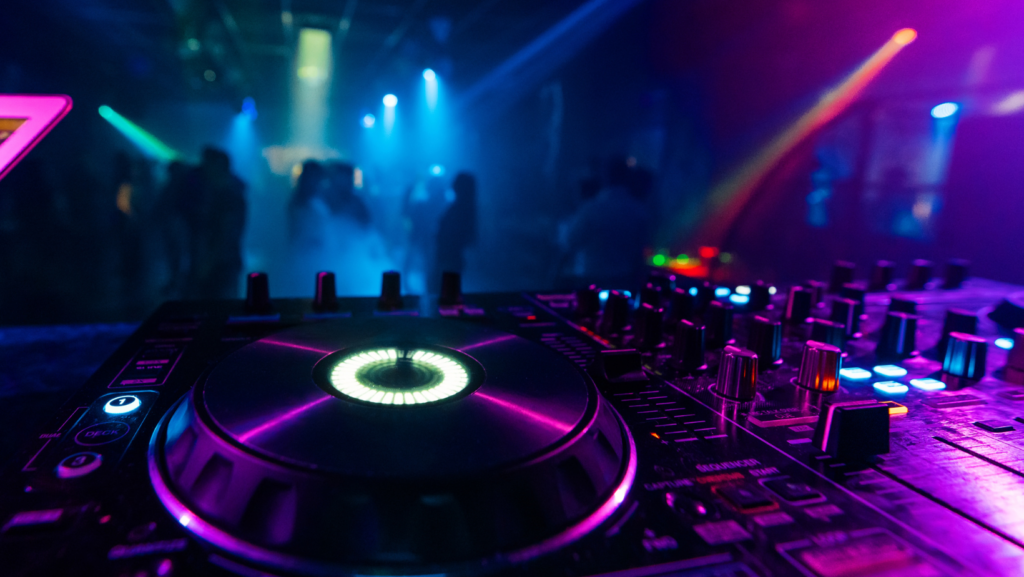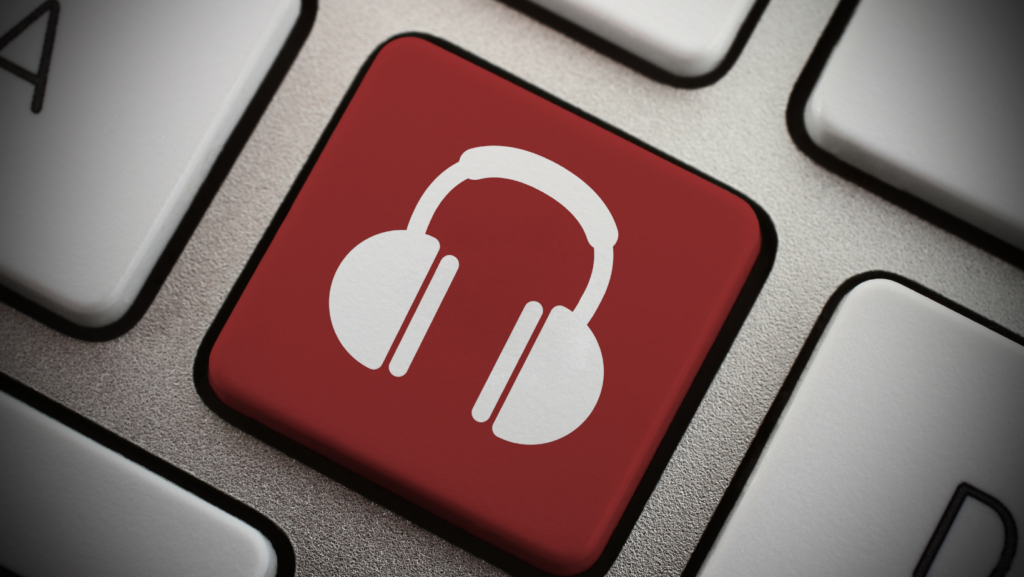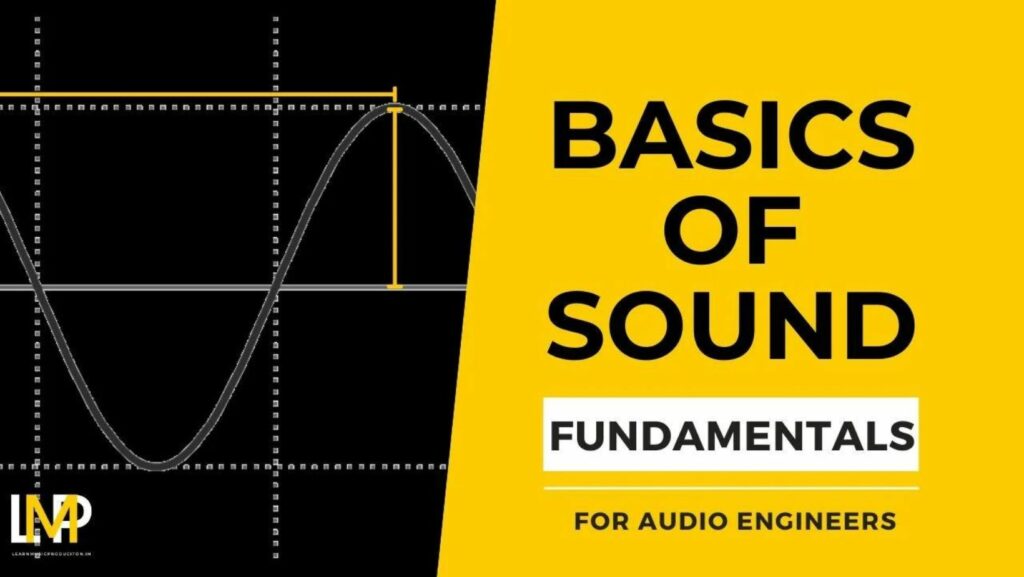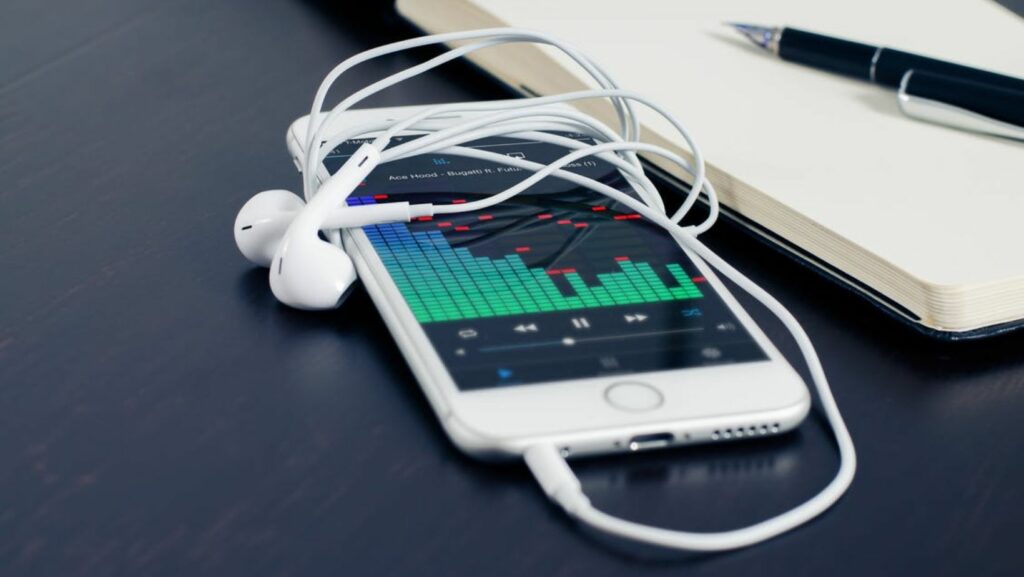How to Make Digital Music

Embarking on the journey of creating digital music opens up a world of endless possibilities and creativity. How to make digital music? As a music enthusiast and tech-savvy individual, I’ve delved into the realm of digital music production to share my insights on how you can bring your musical ideas to life in the digital landscape. Crafting beats, melodies, and harmonies in the digital realm is not just a technical process; it’s a form of artistic expression that allows you to sculpt sound in ways that were once unimaginable.
In this article, I’ll guide you through the essential steps and tools needed to kickstart your digital music production journey. How to make digital music? From selecting the right software to understanding the basics of music theory, I’ll provide you with the foundational knowledge to unleash your creativity and produce music that resonates with your unique style. So, grab your headphones and let’s dive into the exciting world of making digital music.
Understanding Digital Music Production
What Is Digital Music?

Digital music refers to sound recordings stored and transmitted in a digital format. It involves the use of electronic devices and computers to create, edit, and produce music. As a music enthusiast delving into digital music production, understanding the essence of digital music is fundamental. It enables me to grasp the technology behind modern music production, paving the way for limitless creativity and innovation in crafting musical compositions.
Essential Tools and Software
In digital music production, having the right tools and software is crucial to actualize creative ideas effectively. Utilizing a digital audio workstation (DAW) such as Ableton Live, Logic Pro, or FL Studio provides me with a platform to compose, record, edit, and mix music seamlessly. Virtual instruments and MIDI controllers enhance the production process by offering a diverse range of sounds and effects to experiment with, shaping the overall sonic landscape of my compositions. Additionally, the finest audio plugins like EQs, compressors, and reverbs play a vital role in refining the sound quality and adding depth to the music I create. By leveraging these essential tools and software, I can elevate my digital music production capabilities and bring my musical vision to life with precision and artistry.
Setting Up Your Home Studio
Choosing the Right Equipment
When setting up your home studio for digital music production, it’s crucial to choose the right equipment that suits your needs and budget. Here are some essential tools to consider:

- Computer: Select a powerful computer with sufficient processing speed and memory to handle digital audio workstations (DAWs) smoothly. Popular choices include MacBook Pro, Dell XPS, or custom-built PCs.
- Digital Audio Workstation (DAW): Pick a DAW software like Ableton Live, Logic Pro, or FL Studio that aligns with your music production style. These platforms offer features for composing, recording, editing, and mixing music seamlessly.
- Audio Interface: Invest in a quality audio interface to connect microphones, instruments, and monitors to your computer. Focusrite Scarlett and PreSonus AudioBox are reliable options for home studios.
- Studio Monitors: Choose studio monitors that provide accurate sound representation for mixing and mastering your tracks. Brands like KRK Rokit and Yamaha HS series are popular among music producers.
- Microphone: Consider a versatile microphone like the Shure SM7B or the Audio-Technica AT2020 for recording vocals and instruments with clarity and precision.
- Headphones: Opt for studio headphones such as Audio-Technica ATH-M50x or Beyerdynamic DT 770 Pro to monitor details during recording and mixing sessions.
Optimizing Your Space
Creating an ideal workspace is essential for a productive and creative music production environment. Here are some tips for optimizing your home studio space:
- Acoustic Treatment: Improve sound quality and reduce reflections by adding acoustic panels, bass traps, and diffusers to your studio walls.
- Desk Layout: Organize your desk to maximize workflow efficiency by placing your computer, monitor speakers, and audio interface within easy reach.
- Cable Management: Keep cables organized and labeled to avoid clutter and ensure easy troubleshooting when connecting and setting up equipment.
- Comfortable Seating: Invest in a comfortable chair that supports your posture during long production sessions to prevent fatigue and enhance focus.
- Inspiration Corner: Create a cozy corner in your studio with instruments, artwork, or mood boards to spark creativity and inspiration while working on music projects.



